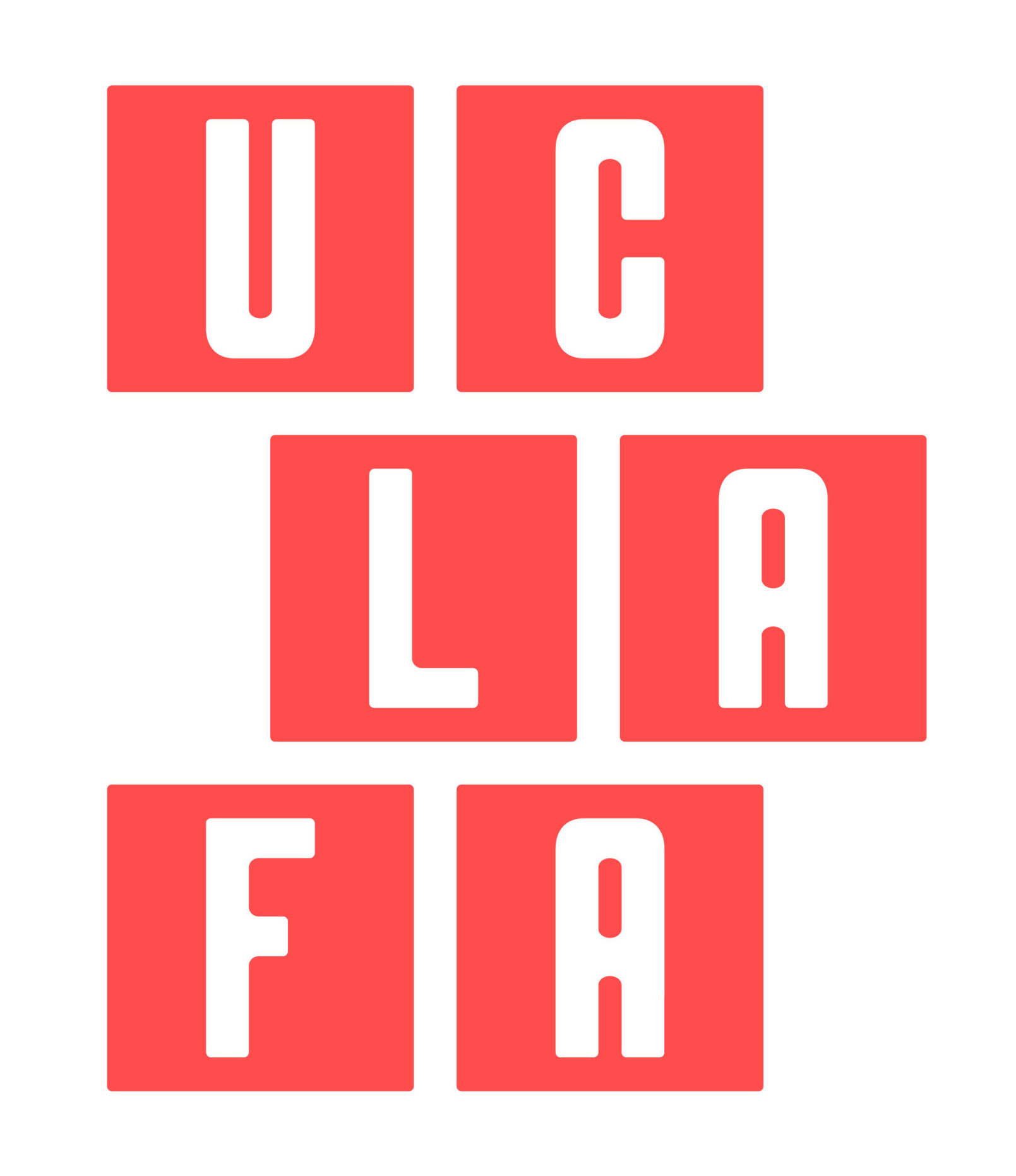More on the Stream
The Daily Bruin today has a report that UCLA got another favorable decision regarding the use of live-streaming videos for course purposes. Live-streaming means essentially what you see on websites such as YouTube, i.e., a video (or audio) that you click on and it plays from the web. The video is not a file that is stored on your computer. The analogy would be that watching a TV broadcast is similar to live-streaming. Owning a DVD and playing it on your TV is like having a stored file that you play.
Background: There was a prior case in which the university was sued over alleged copyright violation involved in live-streaming for course use. Briefly, UCLA halted such live-streaming, causing an interruption to classes that were using it. But the university decided to fight the case and resumed the live-streaming. In the case that the Bruin now reports, a refiled complaint against UCLA was rejected on a legal technicality, i.e., the merits were not decided. You can find the article at http://www.dailybruin.com/article/2012/11/court-dismisses-copyright-lawsuit-against-ucla-a-second-time.
If you are using live-streaming, you should know that there is a simple alternative. Presumably, you have a file in some format (wmv, flv, etc.) that is being used for the streaming. You can simply provide the video file to students through your course website. They can then download it and play it. You should set access to your course website such that it is private, i.e., that only enrolled students can access files in it. There is, in fact, an advantage in simply providing access to your video file in that manner. The students can download at their convenience. Once they have the file, they are not dependent on internet connections or other vagaries of the web to see it.

